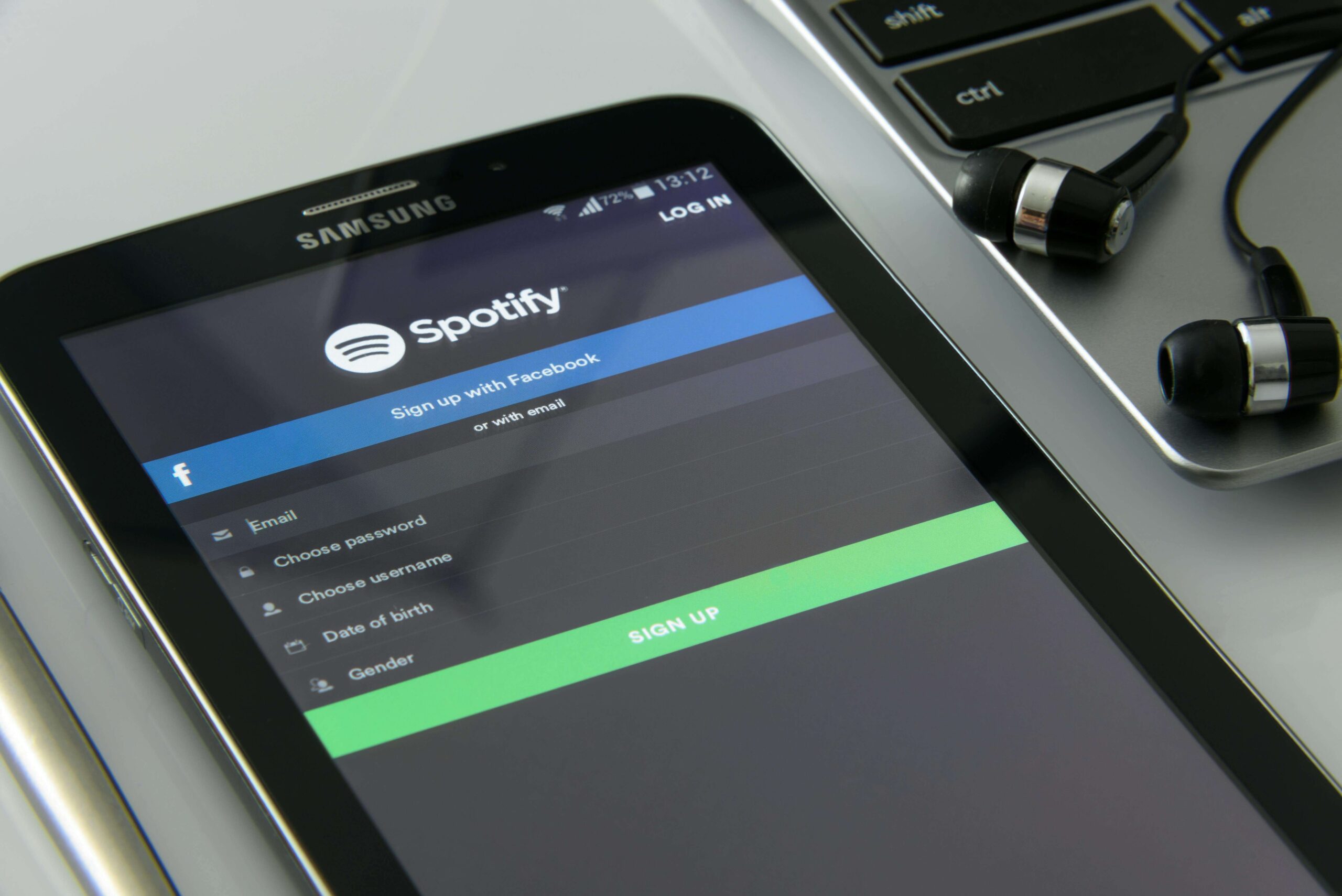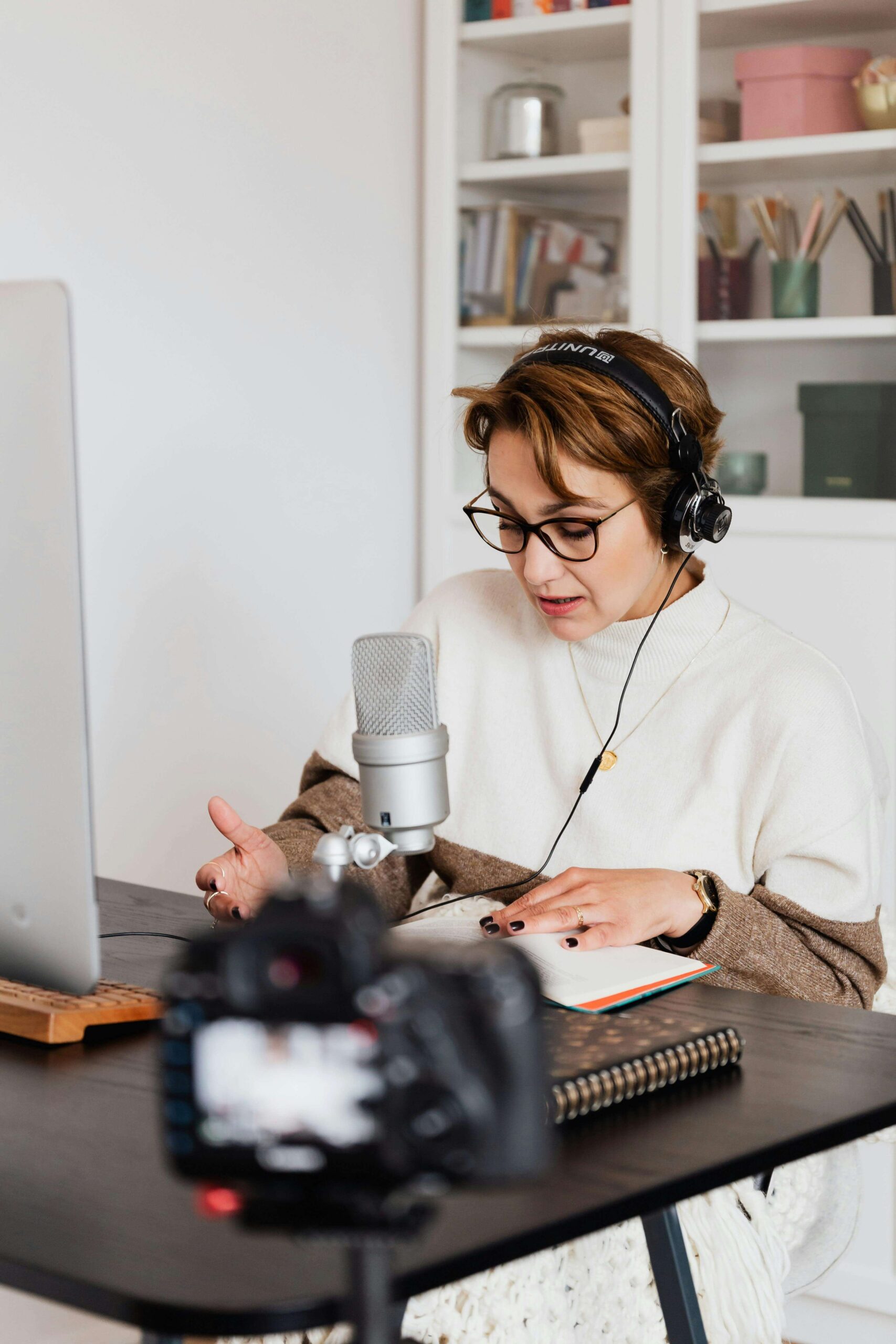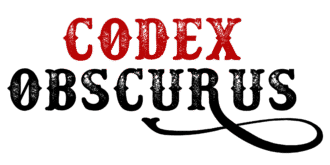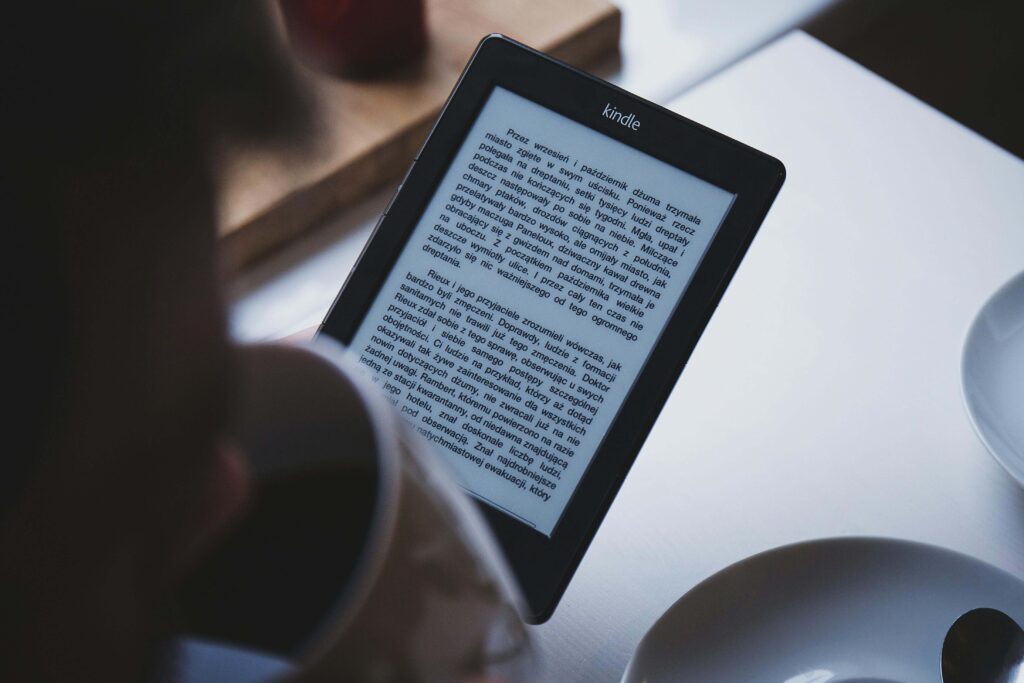
If you’re an author looking for a fresh way to reach readers, Spotify audiobooks could be the door you’ve been waiting to open. We’re not just talking about another format to check off your publishing to-do list. We’re talking about access to over 500 million people who already love pressing play.
Spotify’s audiobook offering has quietly reshaped the way listeners consume stories, giving indie authors like you a direct path into the daily routines of global users.
Morning commutes, evening walks, grocery runs, even late-night scrolls—your story could be in someone’s ears when they least expect it. And while most people know Spotify as a music or podcast app, the audiobook revolution is already underway.
In fact, you may have noticed subtle changes: curated audiobook sections, recommendations tucked between playlists, or even book samples popping up in podcast ad spots. Spotify is making space for authors in a way that few platforms have managed before.
With a market expected to hit $35 billion globally by 2030 and streaming platforms driving much of that growth, you can no longer afford to treat audiobooks as optional. It’s where attention is shifting, and attention, especially on a platform like Spotify, can quickly translate into exposure, reviews, and royalties.
So if you’re serious about making your book travel farther and last longer in readers’ minds, it’s time to learn what Spotify audiobooks are, how to create them, and how to market and sell them with strategy and clarity.
What Are Spotify Audiobooks?
Spotify audiobooks are professionally produced, full-length audio versions of books that listeners can either purchase outright or access through Premium membership perks. That means your story can sit right next to a bestselling podcast or a top-charting album, all within one app.
In the past, Spotify explored a per-title purchase model. Think traditional audiobook platforms like Audible, but in late 2023, it introduced a new perk for Premium users: 15 hours of free audiobook listening every month in markets like the US, UK, and Australia.
That one shift made audiobooks instantly more accessible to millions of people who were already paying for Spotify. And that matters. Spotify is already one of the largest audio platforms in the world, with over half a billion monthly active users.
By placing audiobooks next to music and podcasts, they’re giving everyday listeners more chances to discover your content, even if they weren’t specifically looking for a book. Someone could be searching for a playlist, stumble across your title, press play out of curiosity, and end up hooked.
Audiobooks on Spotify offer all the features listeners expect: they can stream or download your book, bookmark key moments, change playback speed, and listen offline during flights, long drives, or quiet breaks at work. These are features built for convenience and immersion, and they make Spotify a real contender when compared to Audible or Apple Books.
As an author, you won’t upload your files directly to Spotify. Instead, you’ll publish through trusted audiobook distribution platforms like Findaway Voices (which Spotify acquired in 2022), Author’s Republic, or Lantern Audio.
These companies handle the technical side of things: file formatting, quality checks, metadata, and wide distribution. Once approved, your audiobook will not only land on Spotify but also reach other major platforms like Apple Books, Google Play, Chirp, and more.
It’s a hands-off upload process, but a wide-reaching one. With the right distributor and a strong audiobook, you can be available in dozens of marketplaces, Spotify included, without lifting more than a few fingers.
Why Authors Should Pay Attention to Spotify Audiobooks
Spotify has one major thing going for it: audience reach. With over 602 million monthly active users as of Q1 2024, and more than 236 million of them paying subscribers, Spotify isn’t just dipping its toes into audiobooks; it’s fueling an entirely new listening habit.
For authors, that means exposure on a platform where people already go to consume content daily. You’re not asking them to download a new app or sign up for a niche service. You’re meeting them exactly where they are right between their favorite playlist and their go-to podcast.
And here’s the part that hit me hard when I worked with a few online sellers transitioning into self-publishing. We saw real numbers from countries they hadn’t considered targeting—markets where Kindle or Audible had limited reach but where Spotify was part of everyday life.
These listeners weren’t shopping for books in the traditional sense. They were scrolling for something fresh to listen to while driving, cooking, or doing chores. When your book pops up in that scroll, it has a shot at being their next obsession.
Clean text saves you time and frustration later.
Spotify audiobooks open the door to global discoverability. Younger, mobile-first users—the TikTok and YouTube generation—spend more time streaming audio than reading on e-ink screens. If you’re building a brand as an author, especially as an indie, you want your work to be available where digital habits are forming. That’s exactly the kind of visibility Spotify delivers.
What makes Spotify even more valuable is its algorithm. It treats audiobooks the same way it treats music and podcasts by recommending titles that align with what the listener already loves.
If your book touches on mental health, productivity, relationships, or entrepreneurship, and there’s a podcast episode trending in that space, you could show up right in that listener’s suggestions.
I’ve seen this happen. One client who published a personal development audiobook started seeing spikes in traffic after being featured under a wellness podcast with over 50,000 followers.
You’re not out in the wilderness hoping for a click. You’re walking into a crowded room where the system is designed to introduce you. And in digital publishing, being seen by the right ears at the right time can change everything.
How to Create Audiobooks for Spotify as an Author
Let’s get into the production side. Creating a high-quality audiobook is easier than you think, but it does require precision. A sloppy recording or rushed narration can sink even the most brilliant book. But with a little planning and the right tools, you can deliver something professional, something you’d be proud to hear through someone else’s headphones.
Step 1: Prepare Your Manuscript
Start with a fully edited manuscript. Every typo, awkward sentence, or clunky transition becomes painfully obvious when spoken aloud. I’ve seen authors skip this step, thinking they could “fix it in post,” only to spend twice as long editing audio. Clean text saves you time and frustration later.
Memoirs, self-help books, and thrillers often perform really well in audio. Memoirs feel like personal conversations, self-help titles sound like guided coaching sessions, and thrillers keep listeners hooked with momentum and tension. If your writing has rhythm or emotional energy, the audio format brings that out tenfold.
Step 2: Narrate Your Audiobook
You can hire a professional narrator through Findaway Voices or websites like Voices.com or Bunny Studio. This is ideal if you want a certain tone, accent, or gender that fits the voice of your book. You’ll get someone trained in pacing, intonation, and breathing techniques, which can elevate the overall experience.
But if your book is personal—say, a memoir, a business guide, or a collection of your own insights—you might want to narrate it yourself. Many readers appreciate hearing directly from the author, especially when your voice adds authenticity.
If you go that route, use a high-quality USB mic like the Blue Yeti, Rode NT1, or Audio-Technica AT2020. Record in a quiet room, ideally one with carpet, curtains, or foam panels to reduce echo. A walk-in closet full of clothes makes a surprisingly good recording booth. And always wear headphones to catch noise issues as you go.

Step 3: Produce the Audiobook
After recording, it’s time to polish your audio. You can use free tools like Audacity or invest in Adobe Audition or Logic Pro X for more advanced control. Trim mistakes, remove breaths or clicks, and normalize volume levels so your chapters sound consistent. This is where many DIY narrators trip up. Don’t skip mastering.
Spotify (through distributors like Findaway) expects clean, mono audio at 192 kbps. No background hums. No random volume spikes. No dog barking in the background. Your audio should be smooth, clean, and pleasant to the ear. Each chapter should be saved as its own MP3 file and clearly labeled.
Record a 1-minute sample and run it through a free audio analyzer like ACX Check (for Audacity) before you do the entire book. It’ll save you hours of rework.
Step 4: Distribute to Spotify
Now for the fun part—getting your audiobook out into the world. Upload your files to a distribution platform like Findaway Voices, Author’s Republic, or Lantern Audio. These platforms make sure your audiobook appears not just on Spotify but on Apple Books, Chirp, Google Play, Kobo, and other major platforms.
During upload, you’ll be asked for your metadata: title, author name, book description, genre, keywords, and cover art (usually a 2400x2400px JPG). Take this seriously—your metadata affects where and how your audiobook gets discovered. Think like a listener: what would someone type into find a book like yours?
Once everything’s submitted, your audiobook goes through a quality check. If all files meet the specs, your title usually appears on Spotify within 10–14 business days.
From there, it’s live and ready for ears.
How to Sell Audiobooks on Spotify
Spotify uses two models to give listeners access to audiobooks:
- A la carte purchases, where users buy audiobooks individually, similar to how they would on Audible or Google Play.
- Premium subscription streaming, which lets users listen for up to 15 hours a month as part of their Spotify Premium membership. This model rolled out in late 2023 and is already expanding in markets like the US, UK, and Australia.
As an author, the way you get paid depends on how your audiobook is accessed. If a listener streams your book as part of their Premium allowance, your earnings are based on listening hours, which are tracked by your distributor (like Findaway Voices).
If someone buys your audiobook outright through the a la carte model, you earn a royalty based on the sale price. Either way, you’re making money every time someone engages with your content.
What makes Spotify appealing here is flexibility. According to Findaway Voices, Spotify actually pays out more per listen than Audible in some international regions.
There’s also no exclusivity requirement. You’re free to sell your audiobook on Apple Books, Chirp, Google Play, Kobo, and anywhere else your distributor supports. This gives you more control over pricing, reach, and overall sales strategy.
When your audiobook goes live, performance tracking happens inside your distributor dashboard. You’ll be able to see:
- Total listening hours
- Where in the world your audiobook is being played
- How much you’re earning per channel
Spotify doesn’t give authors a direct dashboard (at least, not yet), but platforms like Findaway Voices or Author’s Republic do a solid job of bridging that gap. With just a few clicks, you can find out which chapters are getting finished and which regions are most active. One of my clients, a business coach who turned her blog into an audiobook, found out she had more listeners in India and the Philippines than in the US That insight led her to tweak her marketing strategy and double down on those regions using Spotify ads.
The real key is consistency. Promote your Spotify audiobook link wherever your readers are hanging out—email lists, Instagram bios, podcast interviews, and even inside your ebook’s back matter. The more visible your audiobook is, the more chances you create for those streams and purchases to add up.
How to Market Your Audiobook on Spotify and Beyond
Marketing audiobooks on Spotify involves creative thinking. You’re not just selling a book. You’re offering an experience that fits seamlessly into someone’s daily routine. Whether they’re on a treadmill, stuck in traffic, or winding down before bed, your story could be what keeps them listening. And for that to happen, people need to find it first. Here’s how to make it count:
Optimize Your Metadata
Your metadata is your first impression. That means your title, subtitle, and description should do more than fill space. They should pull listeners in.
Use high-ranking keywords like “self-help audiobook,” “romantic suspense audio,” “finance audiobook,” or “true crime audio series” in your book’s description. Think of what someone might search for during a 10-second scroll. A well-placed keyword can put your audiobook in front of the exact audience it was made for.
Morning commutes, evening walks, grocery runs, even late-night scrolls—your story could be in someone’s ears when they least expect it.
And be hook-focused. If your first sentence doesn’t spark curiosity or emotion, rework it. One line can be the difference between a play and a pass.
Use Spotify’s Own Ecosystem
Spotify offers more than a place to host your audiobook. It gives you tools and creative angles that can push your content into more ears.
Here’s how to tap into that ecosystem:
- Create a themed playlist that connects to your book. If your story has a nostalgic ’90s vibe, make a playlist of songs your characters would listen to. If it’s a productivity guide, curate tracks for deep work sessions. Add your audiobook as the final track or link it in the playlist description.
- Run audio ads through Spotify Ad Studio. With geo-targeting, you can promote your book to people in specific cities, age groups, or even music genres. You record a short 30-second script, upload it, and Spotify plays it between songs to your chosen audience. One client I worked with saw a measurable bump in streams after running an ad targeting commuters during 6–9 AM and 5–8 PM.
- Pitch yourself to podcast hosts in your niche. Audiobook listeners are often podcast fans too. If your book touches on similar themes—health, business, relationships—reaching out to podcasters for a quick guest spot or shoutout can bring in engaged listeners fast.
One of my clients, a wellness coach turned author, saw a 27% spike in audiobook listens after releasing a “Mindful Monday” playlist that linked back to her book. She also reached out to two mindfulness podcast hosts and offered their listeners free Spotify promo codes. That snowballed into more reviews, more listens, and more DMs from new followers.
Promote on Social Media
Your social media doesn’t have to be fancy. It has to be relatable. Use tools like Canva or CapCut to create short clips featuring audiobook snippets. Think quote cards, 15-second teasers, or visuals showing someone “listening” to your book on the go.
Post these to TikTok, Instagram Reels, and YouTube Shorts, platforms where audio content already thrives. Use captions like “Search [Your Title] on Spotify” or add the link to your bio. Tag Spotify when possible to increase your chances of visibility.
Collaborate with Audiobook Reviewers
There’s a growing community of audiobook lovers on BookTok, YouTube, and even Instagram Threads. These reviewers know how to hook their audience with honest feedback and genuine excitement.
Reach out to them personally. Offer a promo code or an early copy of your audiobook. Ask for a review, not a sales pitch. Listeners can smell paid promotion from a mile away, but they trust voices that sound like their own.
Offer Bundles and Limited-Time Deals
Think about how people like to buy: fast, easy, and with a little bonus. Try bundling your audiobook with your ebook. Platforms like BookBub or Chirp can help promote your deals to email lists filled with audiobook fans.
And don’t forget your own email list. Even if it’s small, it’s powerful. Run a launch campaign that gives your subscribers first access to your Spotify audiobook and makes the experience feel personal. Include the Spotify logo, a clickable link, and simple instructions. Make it easy for someone to go from email to earbuds in under a minute.
Frequently Asked Questions About Spotify Audiobooks
Whether you’re just starting or already deep into production, these quick answers will help you make smarter moves and avoid common surprises along the way.
Can anyone publish an audiobook on Spotify?
Yes. You can publish an audiobook on Spotify if you go through a distributor like Findaway Voices, Author’s Republic, or Lantern Audio. These platforms act as the bridge between you and major retailers. You won’t be uploading directly to Spotify, but your audiobook will end up there once it passes the technical checks.
Most of the authors I’ve worked with found Findaway Voices especially smooth to use. They walk you through narration options, file formatting, and pricing without needing you to be tech-savvy.
How much do authors make on Spotify?
It varies, and the payout depends on how your audiobook is accessed. If a listener streams your book using their Premium hours, you’re paid per completed listen, with the rate determined by Spotify and processed through your distributor. If a listener buys your audiobook outright (a la carte), you earn a royalty based on the sale price you set.
According to data shared by Findaway Voices, authors have reported earning more per stream on Spotify in certain regions than they do on Audible. It’s not always a huge gap, but it adds up, especially if your book gains traction through playlists or podcast tie-ins.

Is Spotify exclusive?
No. You’re free to publish your audiobook on Spotify and still offer it on Audible, Apple Books, Google Play, and other major platforms. This is one of the biggest advantages of using Spotify as part of your audiobook distribution strategy.
You keep your rights, your pricing power, and the ability to shift your marketing across multiple platforms without hitting any exclusivity barriers. That flexibility matters when you’re just starting out or testing which audiences respond best to your content.
Can I remove my audiobook from Spotify later?
Yes, and the process is pretty straightforward. You’ll do it through your distribution partner, whether it’s Findaway Voices, Author’s Republic, or another platform. If you ever want to revise your audiobook, rebrand it with new cover art, or pull it entirely for strategic reasons, you can submit a takedown request.
Most distributors process removals within a couple of weeks. I once worked with a nonfiction author who decided to update his audiobook with a new foreword and voice actor; within 30 days, he had the old version taken down and the updated one live across all platforms, Spotify included.
Final Thoughts
Spotify audiobooks are not a trend. They’re a shift. The same way Kindle changed the way we read, Spotify is changing the way we listen. And where attention goes, opportunity follows, especially when that attention is tied to an app people already open daily.
From what I’ve seen with my own clients, the authors who get ahead are the ones who treat their books like brands. They think beyond the page. They understand that writing the book is step one. What happens next is where real traction begins.
They record. They promote. They adapt. They treat Spotify like a storefront with millions of potential browsers and treat every stream like a handshake with a new reader.
If you care about getting your book into more ears, not just more hands, it’s time to add Spotify audiobooks to your publishing plan. The opportunity here isn’t reserved for celebrities or bestsellers. It’s open to authors who are willing to meet their audience where they already are.
Someone out there is wearing headphones right now, scrolling past playlists and podcast episodes, waiting for something that pulls them in. Make sure your voice is there to greet them.




